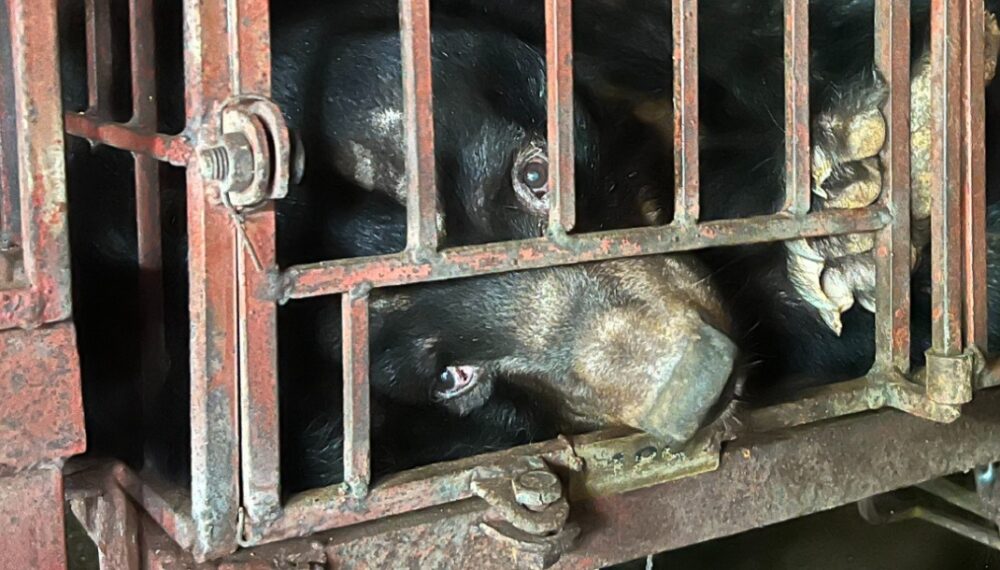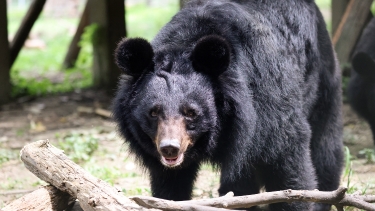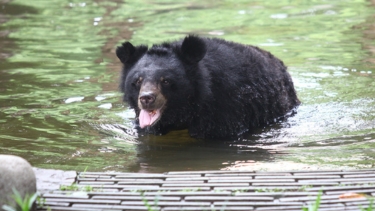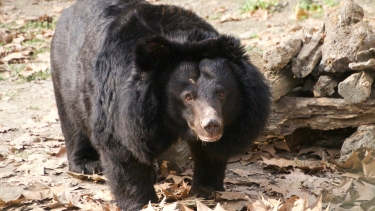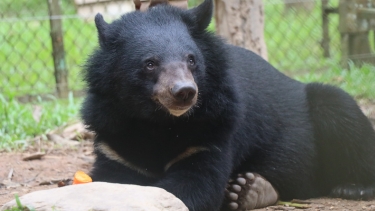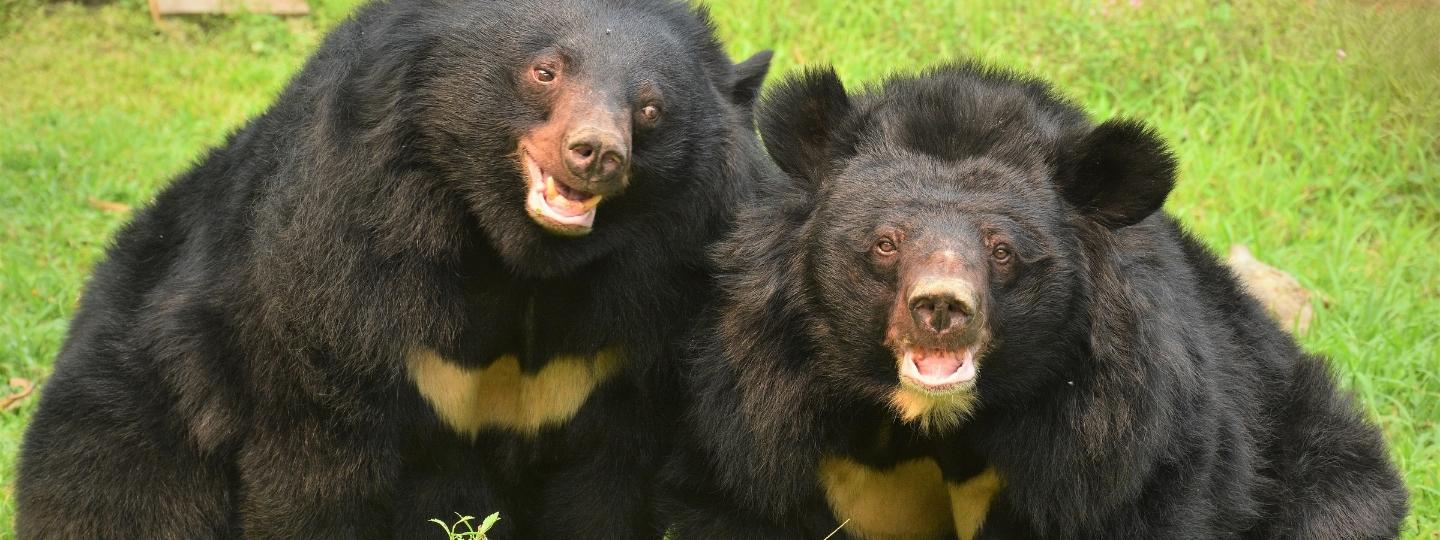
Meet the bears
Meet some of the beautiful bears at our sanctuaries and read about their remarkable journeys. They all share a tragic past and a determination to survive, but their stories are unique – as are their looks, their personalities, and their likes and dislikes.
It’s thanks to wonderful, kind people like you that these rescued bears are in the loving place they’re in today. They’re looking forward to meeting you!
-
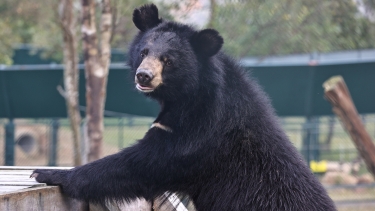
Celeste
Rescued after 20 years in a cage, Celeste is now thriving at our Vietnam sanctuary with love, care and new bear friends.
-
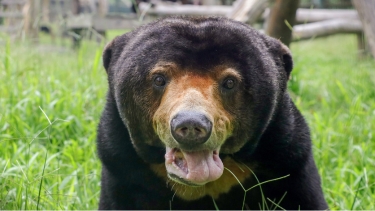
David
Sweet, gentle David, a rescued sun bear, now lives freely and joyfully with his friends at our Vietnam sanctuary.
-
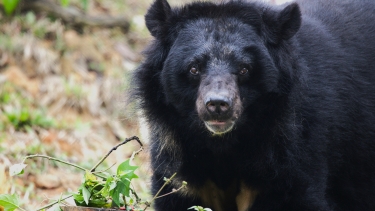
Armstrong
After 20 years on a bile farm, Armstrong now enjoys freedom, friendship and care at our Bach Ma sanctuary.
-
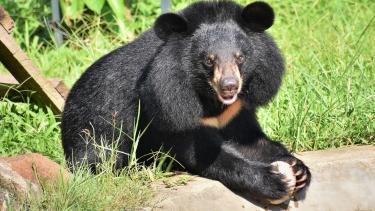
Little Mac
Meet Little Mac, a rescued circus bear now thriving at Animals Asia’s sanctuary in Vietnam.
-
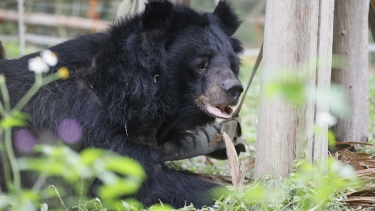
Dawn
From despair to light – Dawn’s journey from bile farm survivor to a radiant life at Animals Asia’s sanctuary.
-
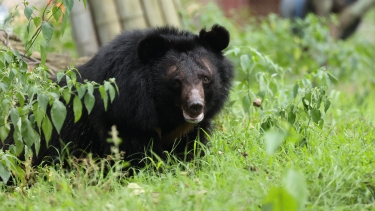
Pickle Nicol
Once riddled with pain, Pickle Nicol now thrives at Animals Asia’s peaceful Chengdu sanctuary.
-
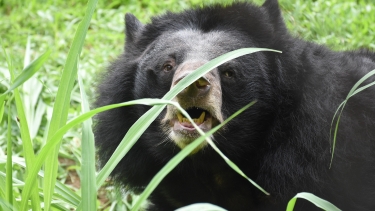
Dawnie Grace
Dawnie Grace’s journey from bile farm survivor to joyful sanctuary life is a story of healing, hope and friendship.
-
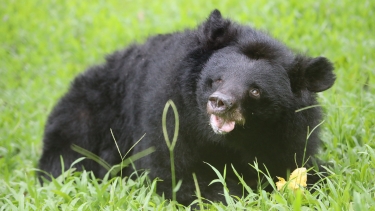
Grace
Grace is a blind rescued moon bear thriving at Animals Asia’s sanctuary thanks to expert care and compassion.
Help us put an end to animal cruelty
Animals are being captured and exploited every day. Animals Asia has helped thousands, but there is always another animal in need of our help. Please donate today.
Donate now